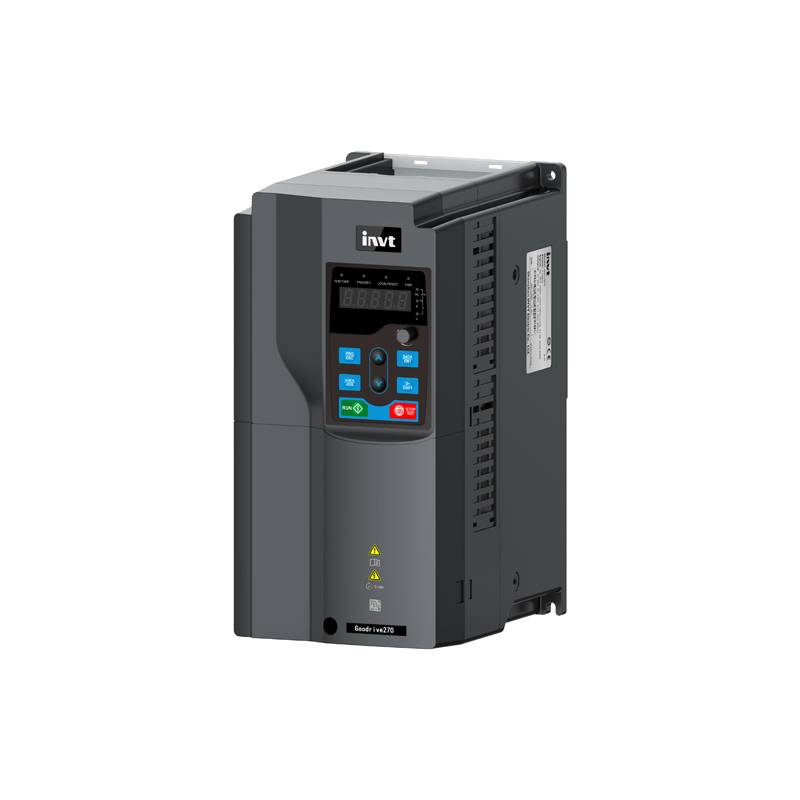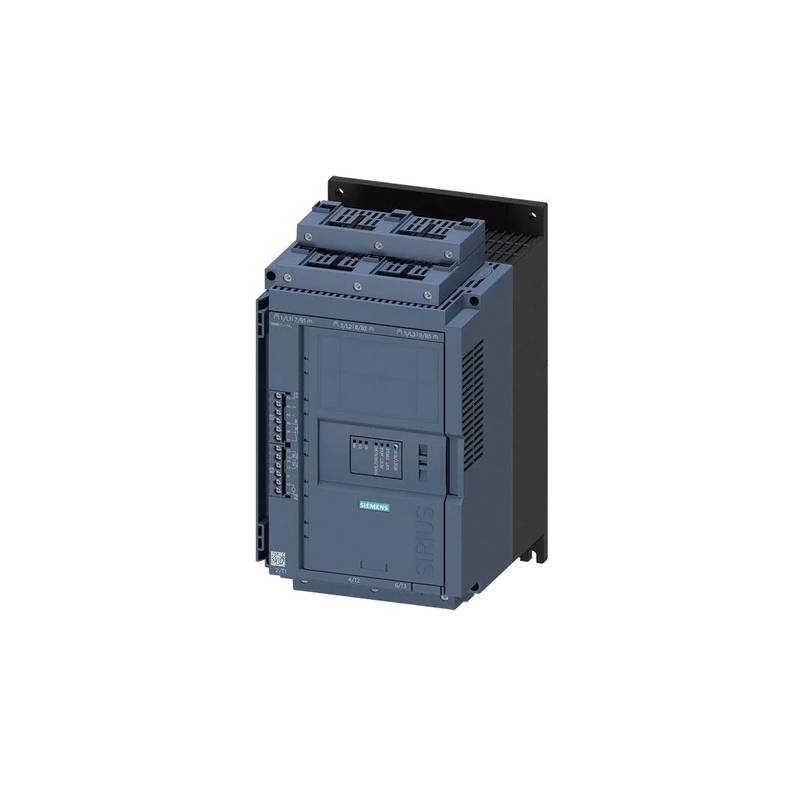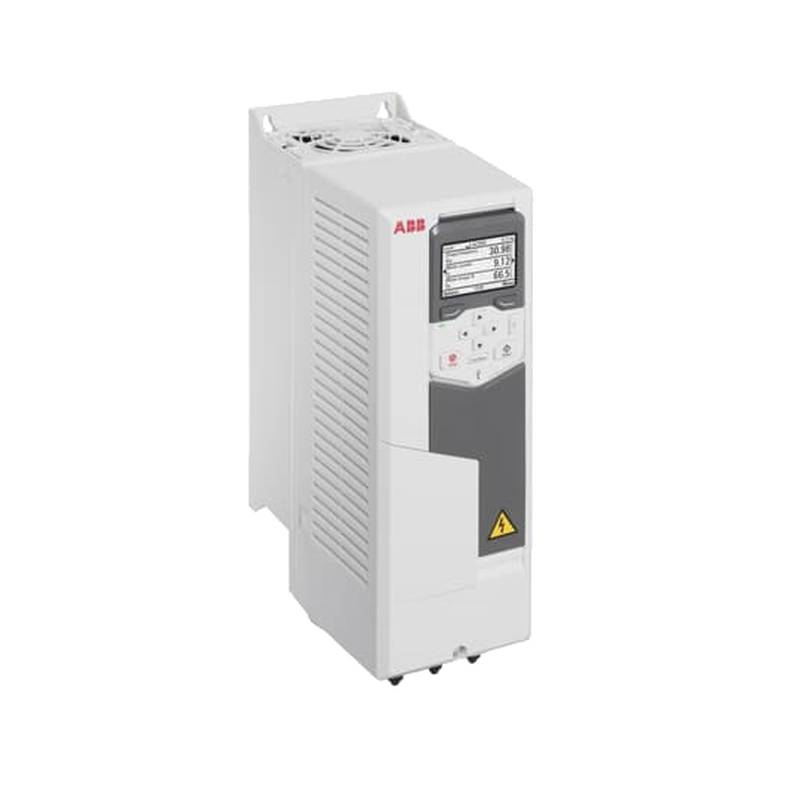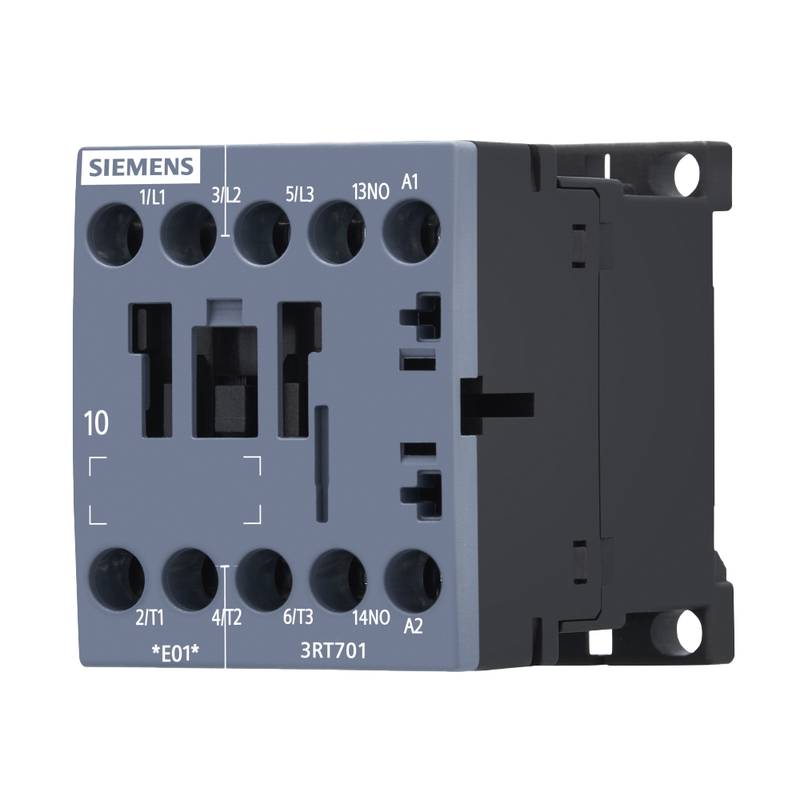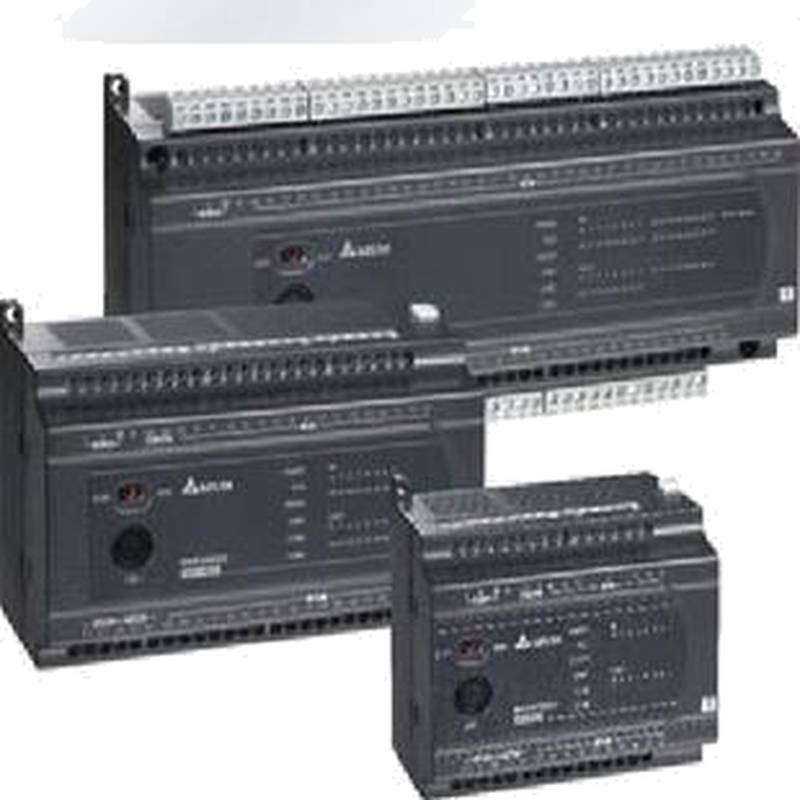
The AUBO-i10 collaborative robot is engineered for industrial automation, offering a versatile solution with a 10kg payload capacity and a 1350mm reach. This cobot is designed to seamlessly integrate into manufacturing environments, enhancing productivity and safety through its advanced features. Its key advantages include a robust construction, intuitive programming, and a flexible design that supports a wide range of applications. Technically, the AUBO-i10 boasts a repeatability of ±0.03mm, a maximum speed of 1.6m/s, and operates within a wide temperature range of 5-45°C. Its integrated safety functions, compliant with ISO 10218 and ISO/TS 15066 standards, ensure collaborative operation alongside human workers.
Product Specifications
| Parameter | Specification |
| :----------------- | :------------------------------------------------- |
| Payload | 10 kg |
| Reach | 1350 mm |
| Repeatability | ±0.03 mm |
| Max. Speed | 1.6 m/s |
| Degrees of Freedom | 6 |
| Power Consumption | Approx. 500W (peak) |
| Operating Voltage | 100-240V AC, 50/60Hz |
| Operating Temp. | 5°C to 45°C |
| Protection Rating | IP54 (robot arm) |
| Weight | 45 kg (robot arm) |
| Mounting | Floor, Wall, Ceiling, Shelf |
| Safety Standards | ISO 10218, ISO/TS 15066 |
Core Features & Market Positioning
The AUBO-i10 distinguishes itself in the collaborative robot market through its optimal balance of payload, reach, and advanced safety features. Its 10kg payload capacity is substantial for many mid-range automation tasks, positioning it effectively against competitors that might offer lower payloads at similar price points or require a significant jump in cost for comparable capacity. The 1350mm reach extends its operational envelope, making it suitable for tasks involving larger workpieces or wider work areas. AUBO's commitment to safety is a core differentiator, with the i10 model incorporating inherent safety measures that allow for direct human-robot collaboration without the need for extensive external guarding in many scenarios, thereby reducing footprint and installation costs. This focus on ease of deployment and safe operation makes the AUBO-i10 a compelling choice for small to medium-sized enterprises (SMEs) seeking to automate without significant capital expenditure on infrastructure.
Key Application Scenarios
The versatility of the AUBO-i10 cobot makes it an ideal candidate for a multitude of industrial applications. In pick and place operations, its 10kg payload and precise repeatability enable efficient handling of components in assembly lines, packaging, and order fulfillment. For machine tending, the 1350mm reach allows it to service larger CNC machines or injection molding machines, loading and unloading parts with accuracy and consistency. The cobot excels in quality inspection tasks, where its stability and precise movements facilitate the mounting of vision systems or sensors for automated defect detection. Furthermore, its collaborative nature makes it suitable for light assembly tasks, such as inserting screws, applying adhesives, or performing intricate manipulation alongside human operators. These applications directly address common user needs for increased throughput, improved consistency, and enhanced worker safety in production environments.
Practical System Integration Guidance
Integrating the AUBO-i10 collaborative robot into existing industrial systems is designed for straightforward implementation. The robot arm can be mounted in various orientations, including floor, wall, ceiling, or shelf, offering flexibility in workspace utilization. Power requirements are managed through a standard 100-240V AC supply, simplifying electrical infrastructure needs. For programming, AUBO utilizes an intuitive graphical user interface that allows for easy path teaching and task sequencing, often achievable without extensive prior robotics programming experience. Interconnection with external devices like grippers, sensors, and PLCs is facilitated through standard communication protocols, typically Ethernet/IP or Modbus TCP, accessible via the robot's controller. A typical setup involves connecting the end-effector, defining the work envelope, and programming the robot's operational sequence through the teach pendant or PC software.
Operation and Risk Mitigation
Safe operation of the AUBO-i10 collaborative robot is paramount and built into its design. The robot is equipped with force and torque sensing capabilities, enabling it to detect collisions and immediately halt motion, thereby mitigating risks to personnel and equipment. Its compliance with ISO 10218 and ISO/TS 15066 standards ensures it meets rigorous safety requirements for human-robot interaction. Critical fault codes are typically indicated through the teach pendant or controller interface, providing clear diagnostic information for troubleshooting. Common issues might include payload inconsistencies, incorrect tool center point (TCP) calibration, or communication errors with peripheral devices. Proactive risk assessment, including conducting a risk assessment for the specific application, defining safe operating zones, and ensuring operators are adequately trained, is crucial for maximizing safety and operational uptime.
Scalability & Long-Term Value
The AUBO-i10 collaborative robot offers significant scalability and long-term value for evolving manufacturing needs. Its modular design and open architecture allow for easy integration with a wide array of end-effectors, sensors, and vision systems, ensuring adaptability to new tasks and processes. Compatibility with industry-standard communication protocols simplifies its integration into existing PLC-based control systems and supervisory control and data acquisition (SCADA) platforms. As businesses adopt Industry 4.0 principles, the AUBO-i10 can be readily incorporated into Industrial Internet of Things (IIoT) frameworks, enabling data collection, remote monitoring, and predictive maintenance capabilities. This forward-compatibility and ease of integration with digital solutions ensure that the AUBO-i10 remains a valuable asset, capable of supporting automation strategies for years to come and facilitating a clear upgrade path as production demands increase.
Frequently Asked Questions
What is the maximum payload of the AUBO-i10?
The AUBO-i10 collaborative robot is designed with a robust maximum payload capacity of 10 kilograms. This capability makes it suitable for a wide range of mid-range automation tasks where heavier components need to be handled efficiently and precisely. It allows the robot to carry significant tooling or workpieces, enhancing its utility in applications like pick and place and machine tending.
This 10kg payload is a key specification that positions the AUBO-i10 effectively for applications requiring more substantial manipulation than lighter cobots can offer. Its ability to consistently manage this weight ensures reliable performance and throughput in demanding industrial settings. The payload rating is crucial for users to verify if the robot meets the specific weight requirements of their intended application before deployment.
When considering the payload, it is also important to factor in the weight of the end-effector and the dynamics of the movement. The effective payload can be influenced by the speed and acceleration of the robot's motion. Therefore, it's advisable to consult detailed performance charts or engage with AUBO support for complex applications.
What is the reach of the AUBO-i10?
The AUBO-i10 collaborative robot offers an extended reach of 1350 millimeters. This generous working envelope allows the robot to access a broad operational area, making it ideal for tasks that involve larger workpieces or require the robot to interact with machinery located further away. Its long reach contributes to its versatility across various industrial scenarios.
This 1350mm reach is particularly beneficial for applications such as machine tending of larger CNC machines or assembly tasks that span a wider workspace. It reduces the need for multiple robots or complex reconfigurations, offering a more streamlined automation solution. The extended reach ensures efficient coverage of the intended operational zone.
Users can leverage this significant reach to optimize their factory layout and workflow. By enabling the robot to perform tasks over a larger area, it can improve cycle times and reduce the physical footprint required for automation cells, leading to cost savings and enhanced productivity.
How is the AUBO-i10 programmed?
Programming the AUBO-i10 is facilitated through an intuitive graphical user interface (GUI) accessible via a teach pendant or PC software. This user-friendly interface simplifies the creation of robot programs, enabling users with varying levels of technical expertise to define tasks and motion paths effectively. The GUI supports drag-and-drop functionality and visual programming blocks for ease of use.
The programming environment allows for both online (lead-through teaching) and offline programming methods. Lead-through teaching involves manually guiding the robot arm through the desired movements, which are then recorded and can be refined. This method is highly effective for quickly setting up basic tasks and for users new to robotics.
For more complex sequences or when precise trajectory control is needed, offline programming using the PC-based software offers advanced capabilities. This includes simulation, error checking, and the ability to manage multiple programs and robot configurations, ensuring robust and efficient task execution.
What safety features are integrated into the AUBO-i10?
The AUBO-i10 is equipped with advanced safety features that enable safe collaboration with human workers. It incorporates built-in force and torque sensing technologies that allow the robot to detect unexpected collisions or resistance. Upon detecting such an event, the robot can immediately stop its motion, thereby preventing potential harm to personnel or damage to equipment.
Adherence to international safety standards is a core aspect of the AUBO-i10's design. The cobot complies with stringent regulations such as ISO 10218 and ISO/TS 15066. These standards provide guidelines for robot safety, including requirements for collaborative operation, ensuring that the robot's operation remains within safe limits for human interaction.
Additional safety measures include configurable safety zones and speed limitations, which can be precisely set by the user based on the specific application and risk assessment. These features, combined with the robot's inherent collision detection capabilities, create a secure working environment for human-robot collaboration.
What are the primary industrial applications for the AUBO-i10?
The AUBO-i10 is highly versatile and finds application in numerous industrial sectors. Its 10kg payload and 1350mm reach make it exceptionally well-suited for pick and place operations in assembly lines and packaging facilities. It can efficiently sort, transfer, and stack items with speed and precision, boosting throughput.
Another key application area is machine tending. The cobot can reliably load and unload parts from CNC machines, injection molding machines, and other automated equipment. Its reach allows it to service larger machines, and its precision ensures accurate part placement, contributing to reduced cycle times and increased machine utilization.
Furthermore, the AUBO-i10 is effective in tasks such as dispensing, screwdriving, and quality inspection. It can be equipped with vision systems or sensors for automated inspection, or it can perform repetitive assembly tasks alongside human workers, enhancing overall productivity and product consistency in manufacturing environments.
What is the repeatability of the AUBO-i10?
The AUBO-i10 collaborative robot boasts a high degree of precision, with a repeatability rating of ±0.03 millimeters. This tight tolerance ensures that the robot can consistently return to programmed points with exceptional accuracy, which is critical for tasks requiring meticulous positioning.
This level of repeatability is essential for delicate assembly processes, precise part insertion, and maintaining alignment in automated workflows. It minimizes errors and ensures the quality and consistency of manufactured goods, even in high-volume production runs where precision is paramount.
For users requiring this level of accuracy, it is important to ensure that the end-effector and the workpiece are also accurately positioned within the robot's workspace. Proper calibration and fixture design are key to fully realizing the AUBO-i10's ±0.03mm repeatability in practical applications.
Can the AUBO-i10 be mounted in different orientations?
Yes, the AUBO-i10 collaborative robot is designed for flexible installation and can be mounted in multiple orientations to suit various workspace constraints. These mounting options include floor, wall, ceiling, and shelf configurations, offering significant adaptability for different factory layouts.
This versatility in mounting allows users to optimize space utilization and integrate the cobot into existing production lines without major structural modifications. For instance, ceiling mounting can free up valuable floor space, which is particularly advantageous in crowded manufacturing facilities.
Choosing the appropriate mounting orientation depends on the specific application, workspace availability, and the desired reach and accessibility of the robot. AUBO provides guidelines and support to help users determine the most effective mounting solution for their needs.
What is the typical power consumption of the AUBO-i10?
The AUBO-i10 collaborative robot typically consumes approximately 500 watts during peak operational load. This energy-efficient design contributes to reduced operational costs and a smaller environmental footprint, making it an attractive option for businesses looking to enhance productivity while managing energy expenses.
The power consumption is managed efficiently through its advanced motor control and power management systems. While peak consumption is around 500W, average consumption during standard operations may be lower, depending on the intensity and speed of the robot's movements.
Users can leverage this relatively low power requirement for easier integration into existing electrical infrastructure, as it often does not necessitate significant upgrades. This efficiency further enhances the economic viability of deploying the AUBO-i10 for automation initiatives.
What are the environmental operating conditions for the AUBO-i10?
The AUBO-i10 collaborative robot is designed to operate reliably within a specified range of environmental conditions. It functions optimally in ambient temperatures between 5°C and 45°C. This temperature range covers most standard industrial indoor environments, ensuring consistent performance.
In terms of environmental protection, the robot arm itself features an IP54 protection rating. This rating indicates that the arm is protected against dust ingress and splashing water, making it suitable for many manufacturing settings where moderate environmental challenges may exist.
It is important to ensure that the operational environment remains within these specified parameters to maintain the robot's performance and longevity. Extreme temperatures or excessive exposure to contaminants outside of the IP54 rating could potentially affect the robot's functionality and require additional protective measures.
How does the AUBO-i10 integrate with IIoT and digital manufacturing solutions?
The AUBO-i10 is engineered with Industry 4.0 principles in mind, facilitating seamless integration with IIoT platforms. It supports standard industrial communication protocols, such as Ethernet/IP and Modbus TCP, allowing it to connect with PLCs, SCADA systems, and cloud-based IIoT platforms for data exchange and remote monitoring.
This connectivity enables real-time data acquisition on robot performance, cycle times, error logs, and energy consumption. This data can be leveraged for process optimization, predictive maintenance scheduling, and enhanced operational visibility, contributing to a more intelligent and connected manufacturing ecosystem.
By integrating the AUBO-i10 into digital manufacturing solutions, businesses can achieve greater levels of automation control, streamline workflows, and gain valuable insights for continuous improvement, ultimately enhancing overall factory efficiency and competitiveness.

















